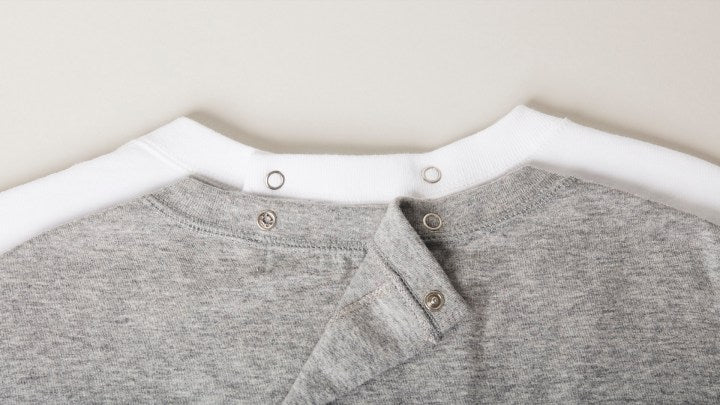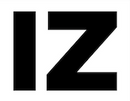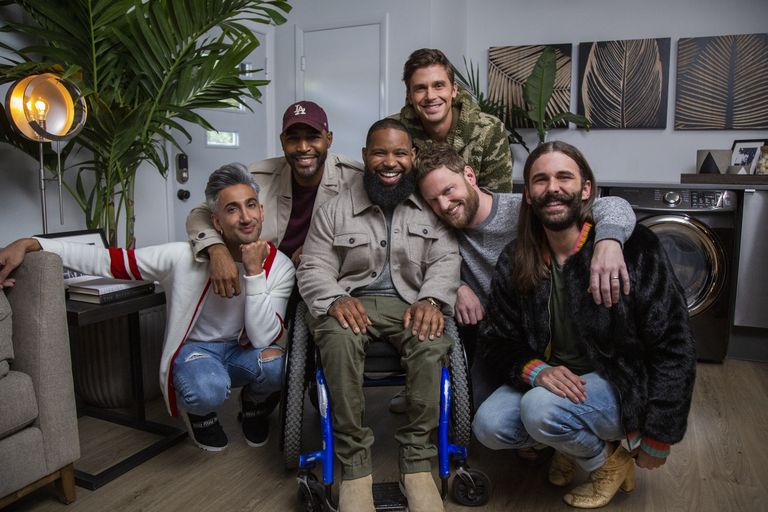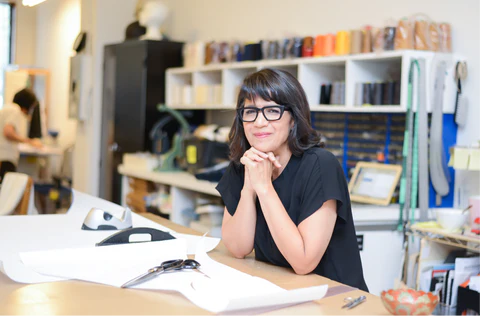How Adaptive Clothing Makes Getting Dressed Easier
Many people living with physical disabilities experience challenges and difficulty while getting dressed in clothing that has not been adapted to make dressing easier for the wearer. Searching for, and finding, clothing for wheelchair users, designed to work specifically for them can be very time consuming and quite limited. Thankfully, the tides are changing, and clothing for wheelchair users is becoming more and more available. Helping to bring those tides in more quickly is exactly why I started making adaptive clothing.
Here are some of the many adaptive features incorporated into everyday clothing basics such as pants, coats and tops.
Pants for Wheelchair Users
People who live with a disability, use a wheelchair, or experience limited dexterity in their hands due to various conditions, can benefit from adaptive pants and trousers. These could be adaptive jeans, chinos, dress pants, sweatpants, corduroys, and countless other options.

The above pair of pants demonstrates how clothing for wheelchair users can take into account some of the functionality that can really make a difference. For wheelchair users, adaptive pants are designed and cut specifically for sitting. This means that they are designed to follow the line of a seated body. Regular pants are designed for standing.
When a person sits in regular ‘standing’ pants, they tend to feel tight around the waist, dig into the gut, as well as ride down in the back. Needless to say, they aren’t comfortable when sitting, especially when a person is sitting the entire day, as wheelchair users often do.
For people living with paralysis, there is no option of standing up to relieve the discomfort and pressure around the waist. People who live with paralysis often experience ‘organ settling’. This is caused by their stomach muscles not having the ability to hold their organs in place, which then allows them to drop and settle around the waistline throughout the course of the day. Waistlines increase in measurement, and, because of this, pants can feel tighter. Adaptive pants with a bit of stretch around the waist can really help to offer all-day comfort.
Other features that help the wearer with pants are details such as:
- having extra long pull tabs on zippers pulls
- hook and bar closure instead of a button and buttonhole at the waist
- pull tabs or belt loops to help pull pants up while dressing
- fully elastic waists which offer further comfort and are easier to get on: clothing for wheelchair users should always make getting dressed easier wherever possible
- a longer front zipper that reaches further down the crotch, allowing more access to the area
- openings below the knee either with zippers, magnets, snaps or Velcro to make access to leg bags or braces easier
- zippers or another fastener all the way up the side seams can help facilitate getting dressed
It’s important to mention that wheelchair users need to be cautious when purchasing pants. People living with paralysis need to be extra careful with seams and fabric bulk that they would be sitting on, such as design details, bulky seams or back pockets. Those details could potentially cause a pressure sore. These kinds of sores are often undetected during early stages, can be difficult to heal once detected, and in some cases can be life threatening. Therefore, finding pants that won’t cause pressure sores is important. It’s also a good idea to look for pants in a soft, yet durable, fabric with a bit of stretch for extra comfort.

What about tops for wheelchair users?
Finding tops that work for someone living with a disability is generally not as difficult as other clothing items, but for some, it’s still a challenge.
For those who lack dexterity, doing up buttons can be a challenge. Finding tops with magnets or snaps can make dressing easier. For people unable to raise their arms while dressing, tops that open fully in the back can be extremely helpful. This allows a person to dress by sliding their arms through the sleeves from the front, and having their caregiver fasten up the back.
For wheelchair users, finding tops that have a bit of an ‘A Line’ shape helps to fit a bit looser in the tummy and hip area, so they won’t pull across these areas while seated. Slits on the sides further help tops look nicer and cleaner and allow for further comfort. There is absolutely no reason that clothing for wheelchair users needs to sacrifice style while incorporating all of these functional elements.

Adaptive Coats and Capes
Adaptive Coats and Capes
Finding coats with simple closures such as larger buttons or magnets can make dressing easier. Wheelchair users often go through cold winters without a proper coat. Imagine trying to put on a long coat while seated… you’d end up with most of the coat puddling around your waistline. Often the only option that work are shorter jackets that expose a person’s legs to the elements, resulting in getting rained on, snowed on, not to mention feeling really, really cold. Seated coats and parkas are designed and cut to follow the line of a seated person, and facilitate getting dressed while seated. Some of the longer coats we offer at IZ cover the legs, keeping them warm and dry.
Capes are a great option for power chair users so long as they are not too full and overwhelming while seated. Capes are easier to get on, as there are no armholes to get arms through if dressing is a challenge.

Overall, adaptive clothing offers features to help make dressing easier, while also helping people have the freedom to express their own personal style. Clothing should not limit a person in their everyday life. More and more brands are finally creating adaptive clothing, presenting more options for everyone, and this is really exciting.



